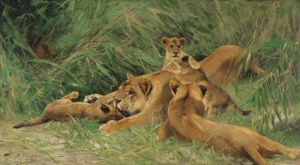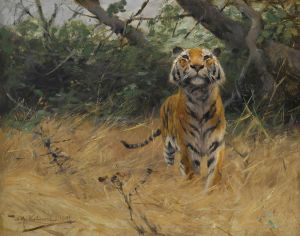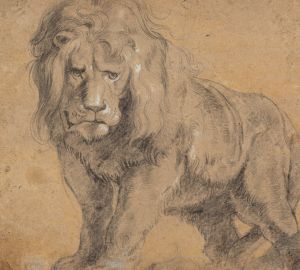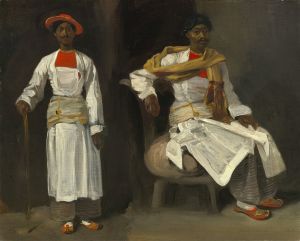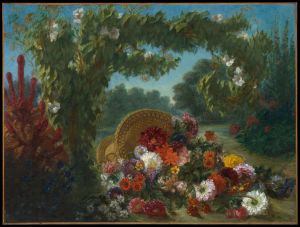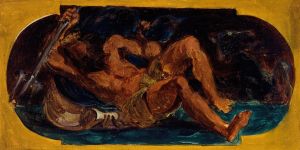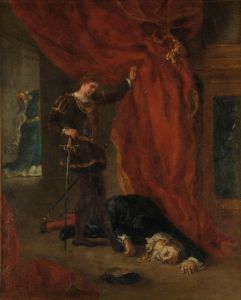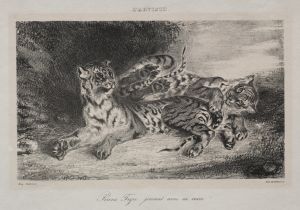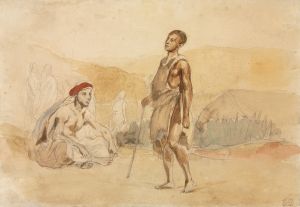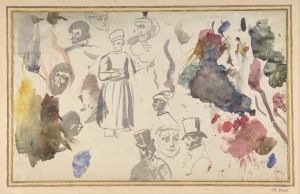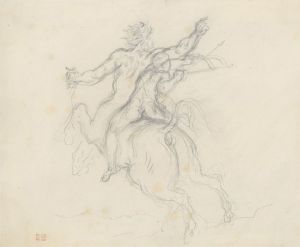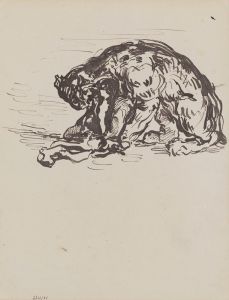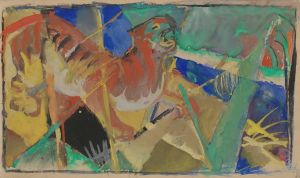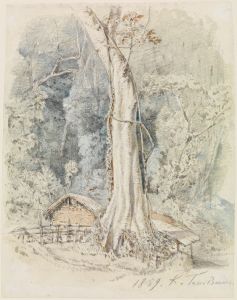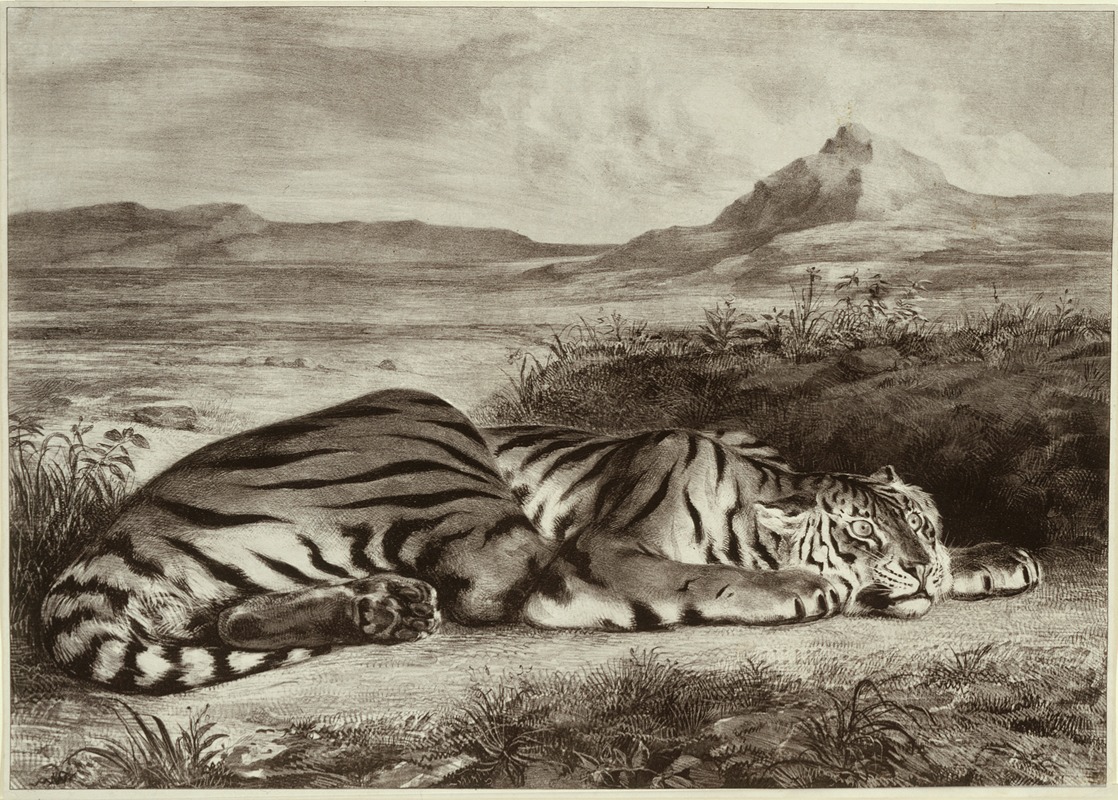
Royal Tiger
A hand-painted replica of Eugène Delacroix’s masterpiece Royal Tiger, meticulously crafted by professional artists to capture the true essence of the original. Each piece is created with museum-quality canvas and rare mineral pigments, carefully painted by experienced artists with delicate brushstrokes and rich, layered colors to perfectly recreate the texture of the original artwork. Unlike machine-printed reproductions, this hand-painted version brings the painting to life, infused with the artist’s emotions and skill in every stroke. Whether for personal collection or home decoration, it instantly elevates the artistic atmosphere of any space.
Eugène Delacroix, a prominent French Romantic artist, is renowned for his dynamic compositions and vivid use of color. Among his many works, Royal Tiger is a notable painting that reflects his fascination with exotic animals and his mastery of depicting movement and texture. Created in 1829, this painting is an oil-on-canvas work that showcases Delacroix's ability to capture the raw power and grace of a tiger, a subject that was both rare and captivating for European audiences of the time.
The painting depicts a tiger in a naturalistic pose, emphasizing its muscular form and the intricate patterns of its fur. Delacroix's attention to detail is evident in the lifelike rendering of the animal's anatomy and the rich, warm tones used to portray the tiger's coat. The background is kept relatively subdued, allowing the tiger to dominate the composition and draw the viewer's focus. This approach reflects Delacroix's Romantic sensibilities, where the subject's emotional and dramatic impact takes precedence over strict realism.
Delacroix's interest in exotic animals was influenced by the growing fascination with the natural world during the 19th century. This period saw an increase in the availability of exotic animals in European zoos and menageries, providing artists like Delacroix with opportunities to study these creatures up close. It is known that Delacroix visited the Jardin des Plantes in Paris, where he observed and sketched animals, including tigers. These studies informed his later works, including Royal Tiger, allowing him to combine direct observation with his imaginative interpretation.
The painting is also significant within the context of Delacroix's broader oeuvre. His exploration of animal subjects can be seen as part of his Romantic interest in the untamed and the sublime. By portraying the tiger, a symbol of both beauty and danger, Delacroix captured the Romantic ideal of nature's duality—its capacity for both awe-inspiring majesty and raw, uncontrollable power.
Royal Tiger is housed in the Musée des Beaux-Arts de Bordeaux in France, where it continues to be admired for its technical brilliance and emotional intensity. The painting remains a testament to Delacroix's skill as a painter and his ability to evoke the spirit of the Romantic era through his art.





